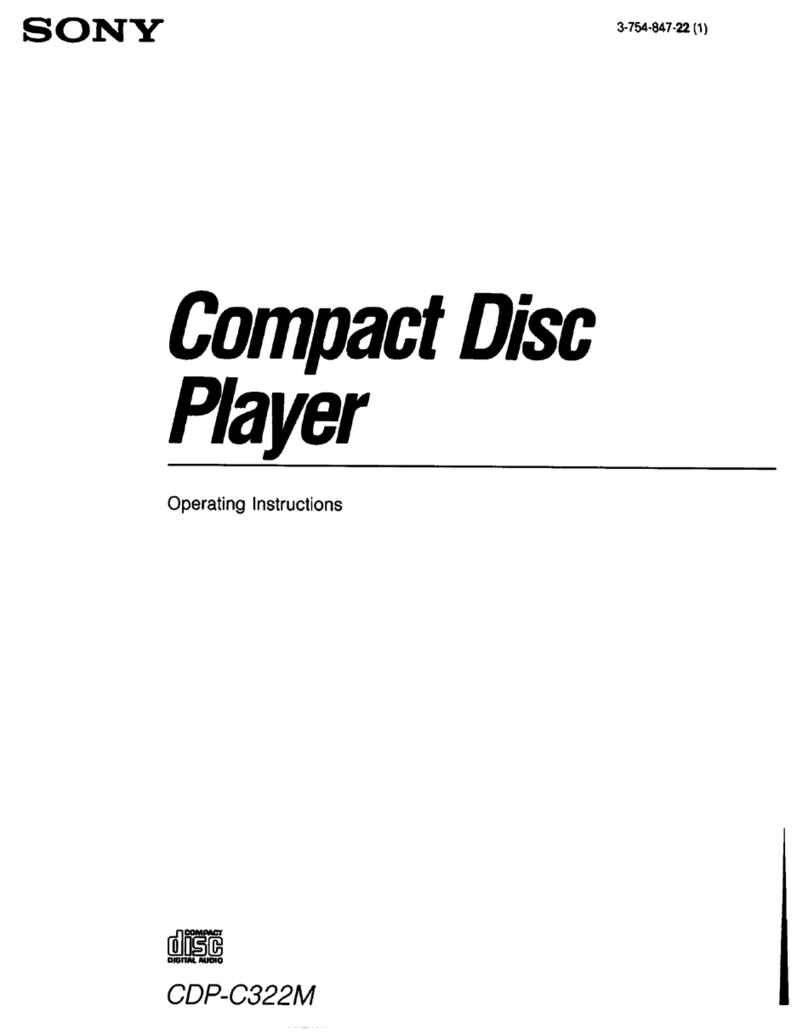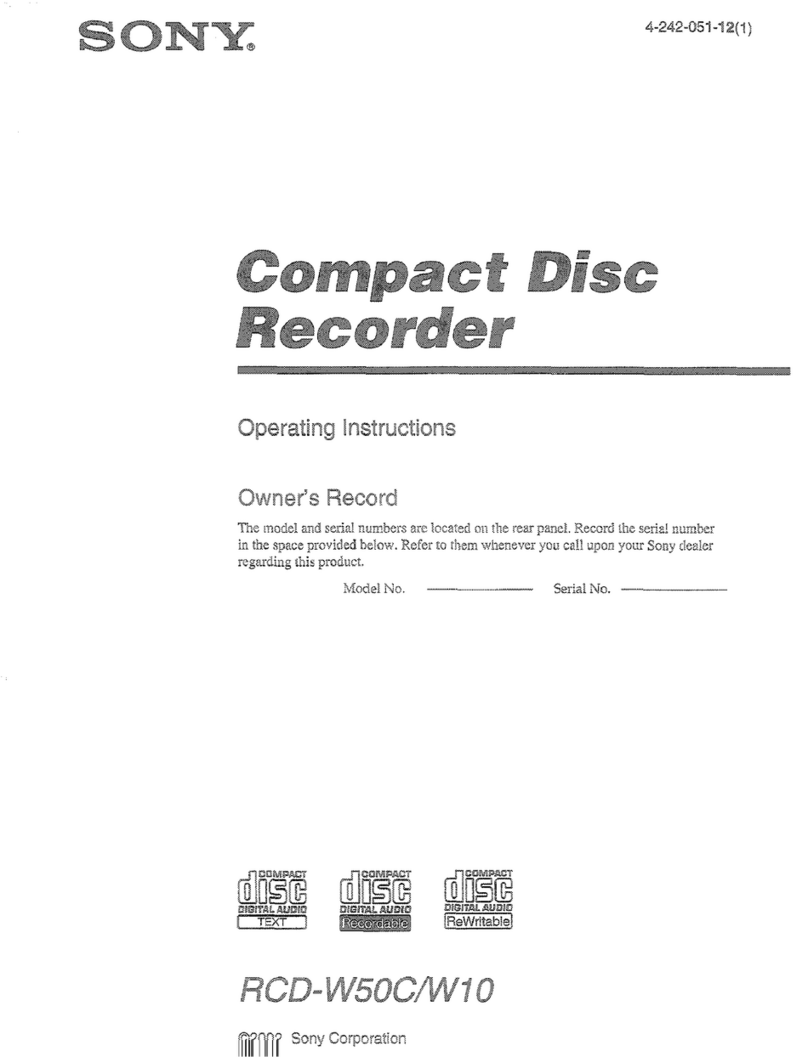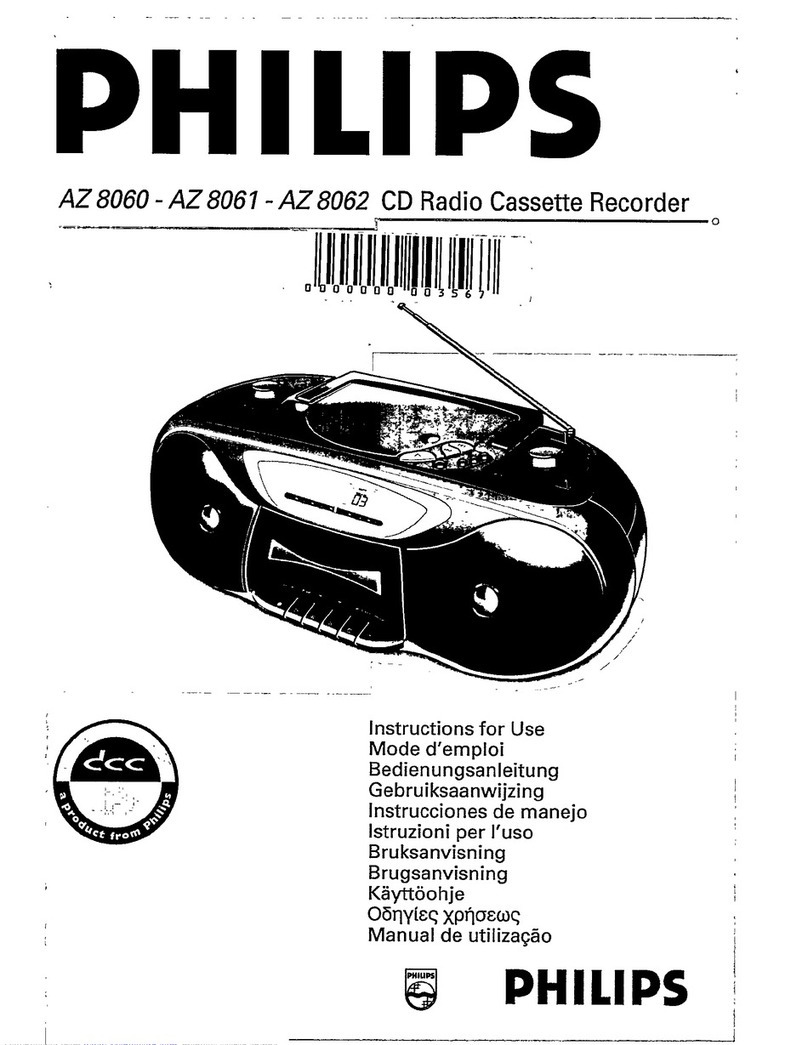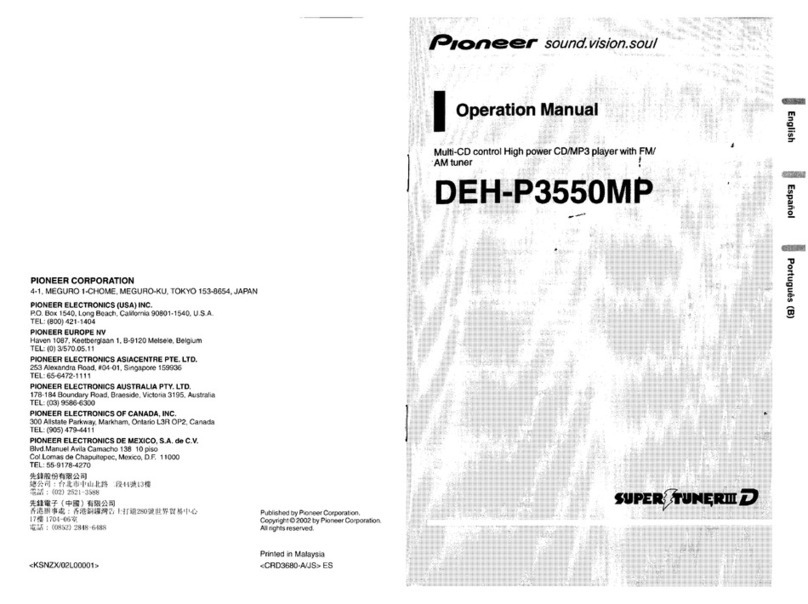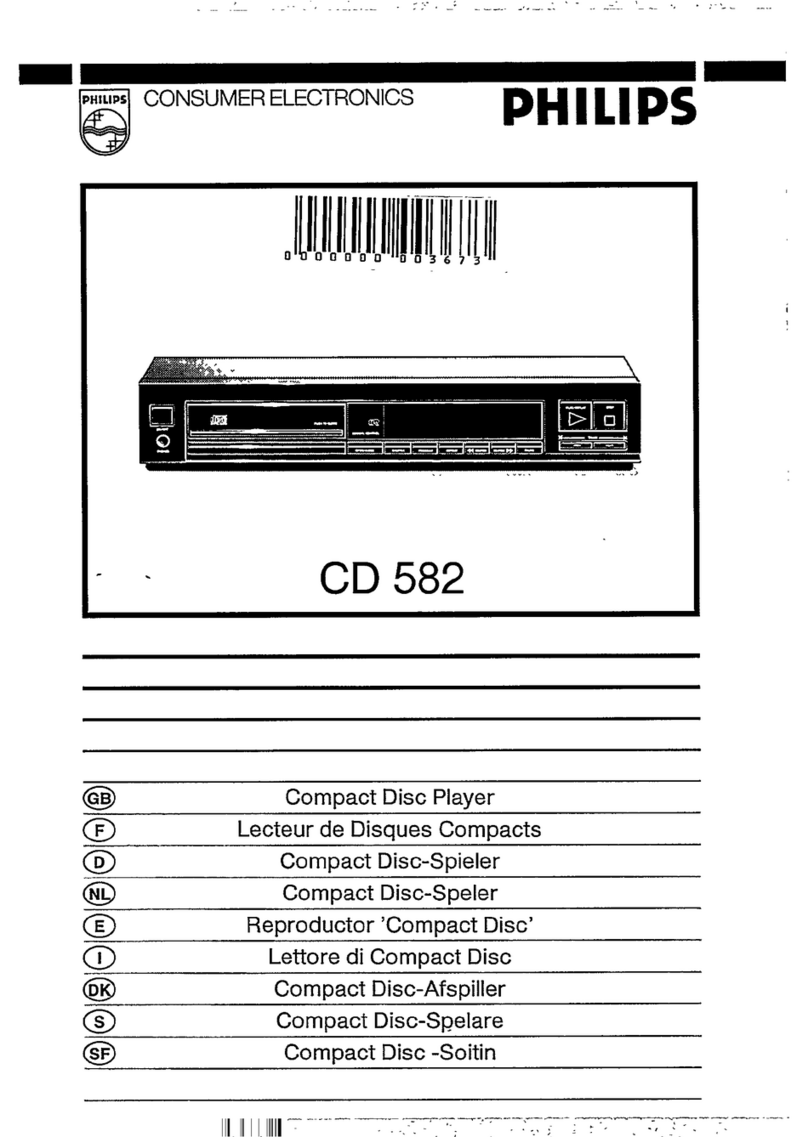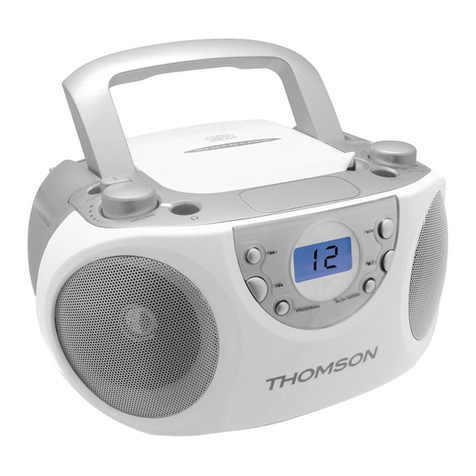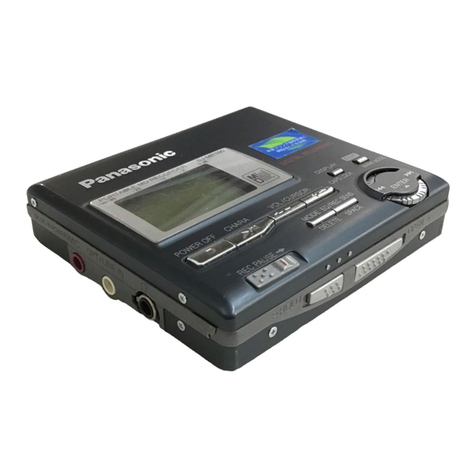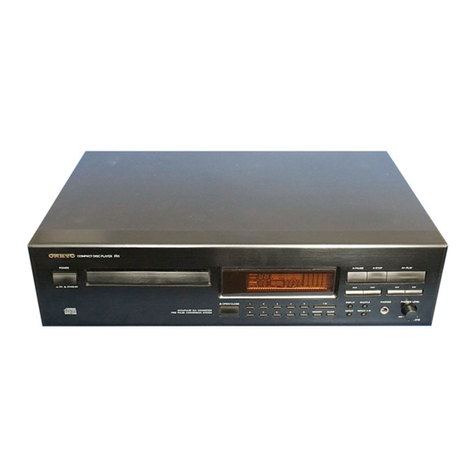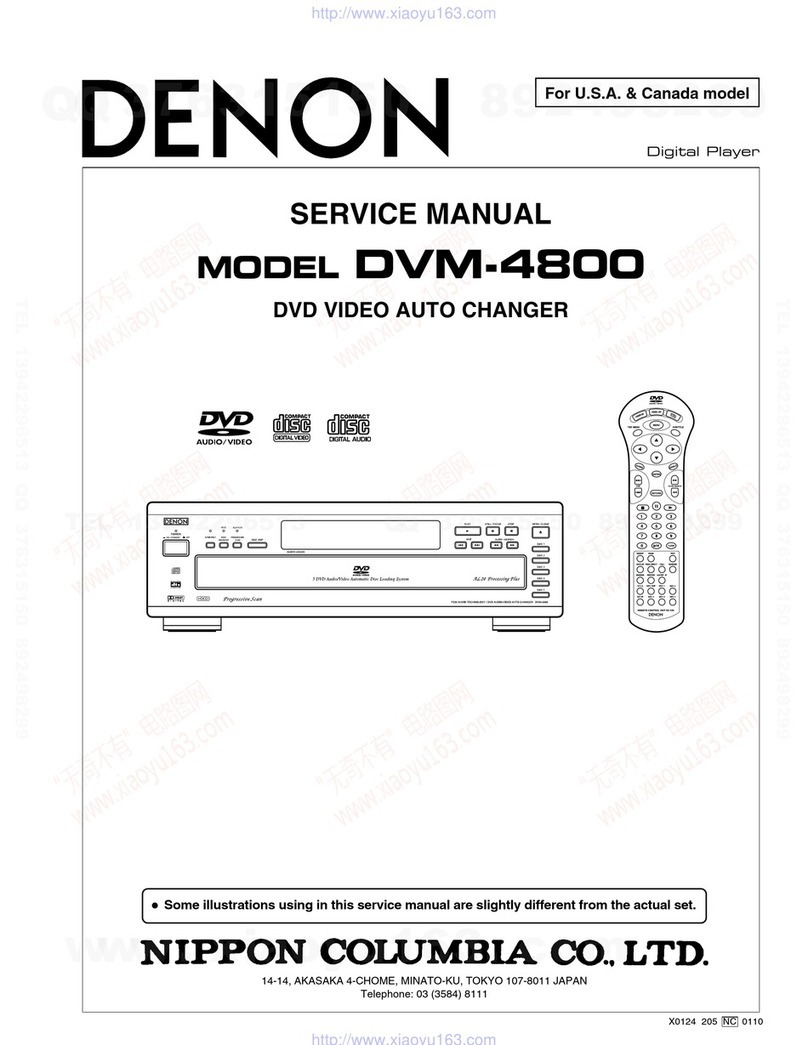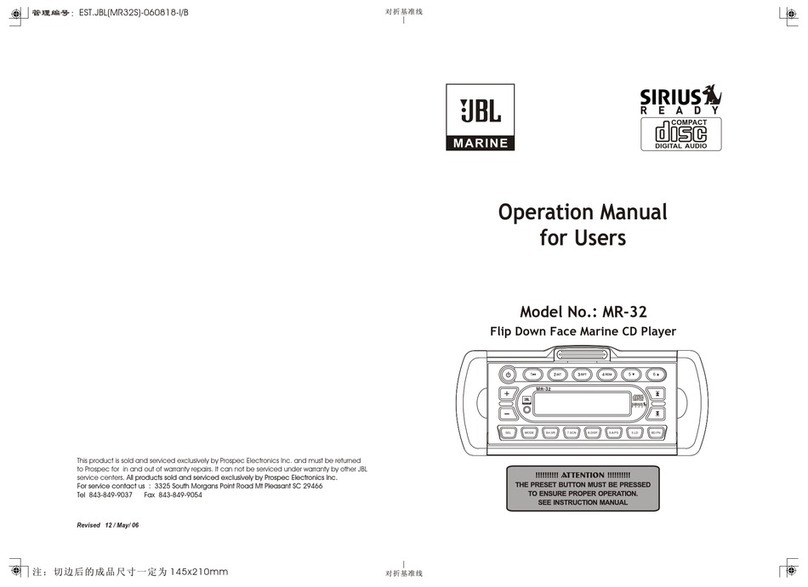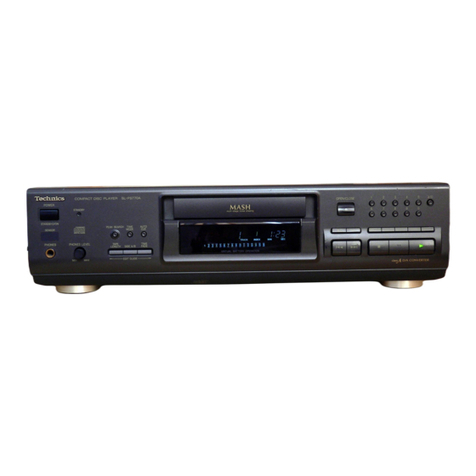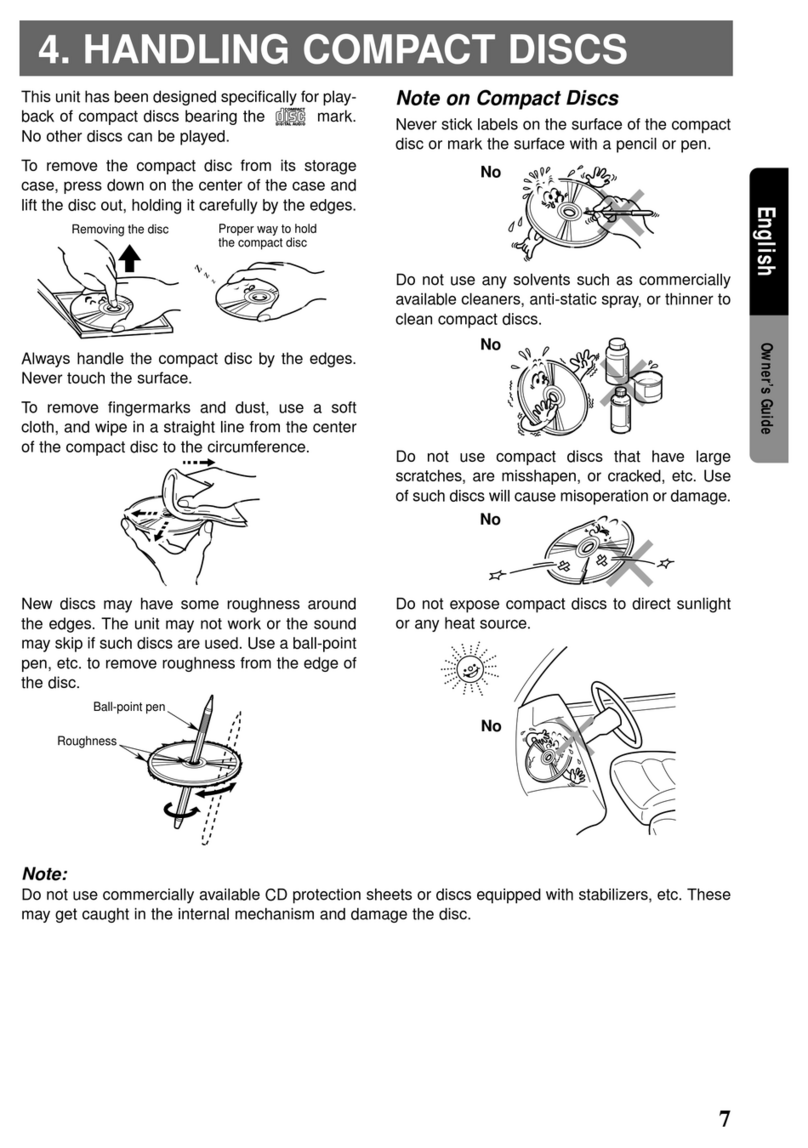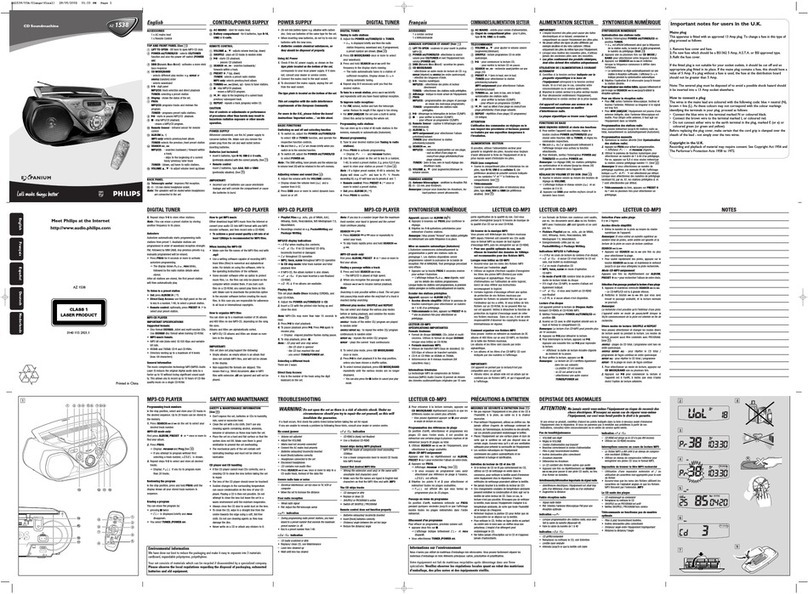Sony D-555 User manual
Other Sony CD Player manuals
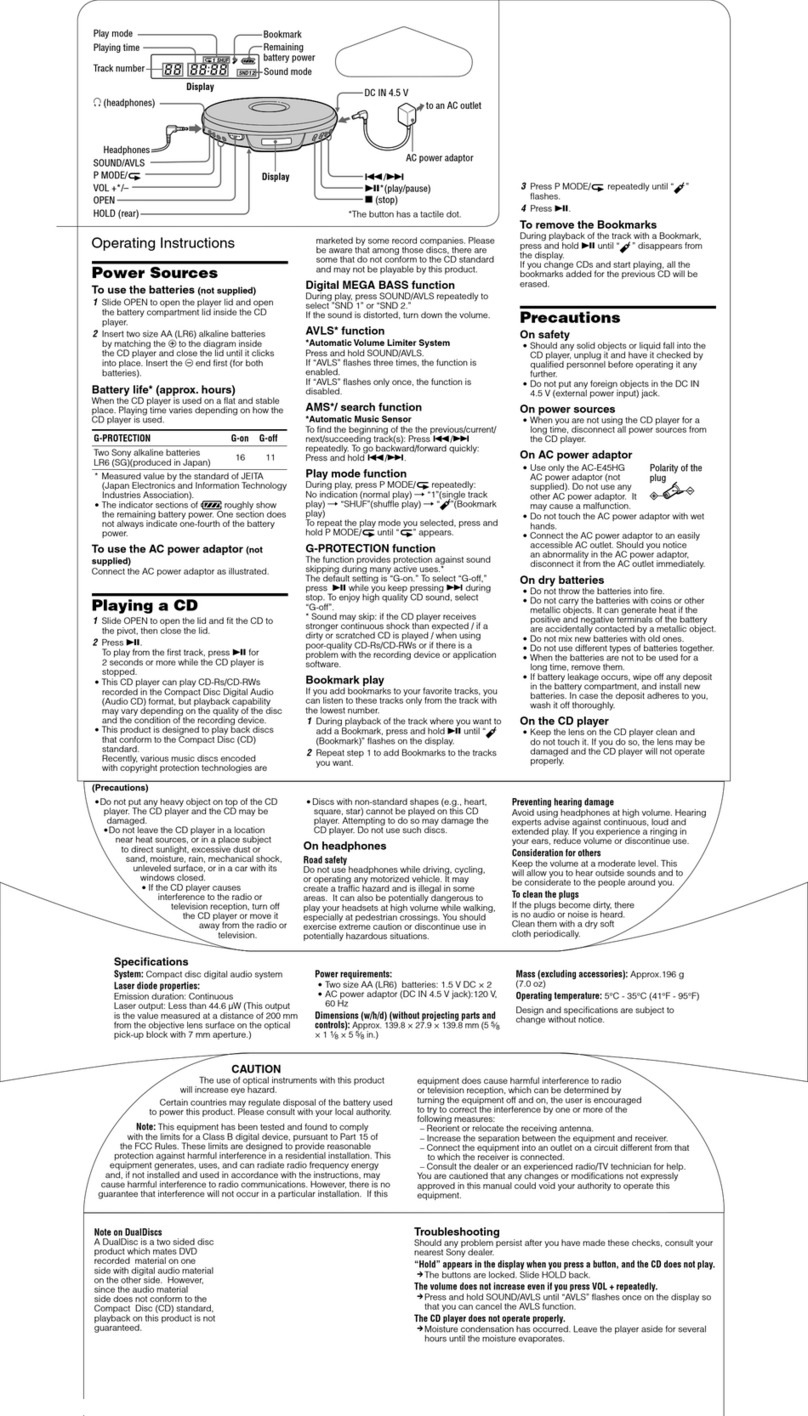
Sony
Sony D-EJ010PS User manual

Sony
Sony CFDG700CP - Xplod Boombox User manual

Sony
Sony CDX-2500R Instruction Manual
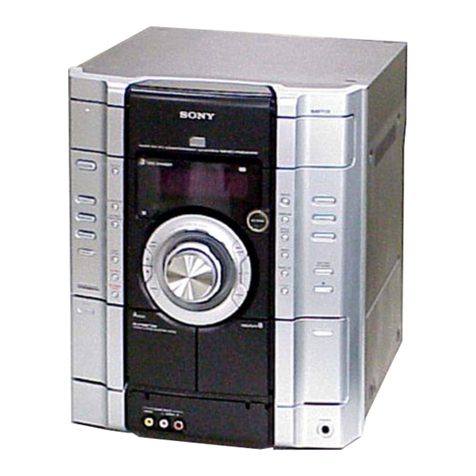
Sony
Sony HCD-RG333 User manual

Sony
Sony CDP-CE245 - Compact Disc Player User manual

Sony
Sony CDX-F5005X - Fm/am Compact Disc Player Product guide

Sony
Sony CFD-770 User manual
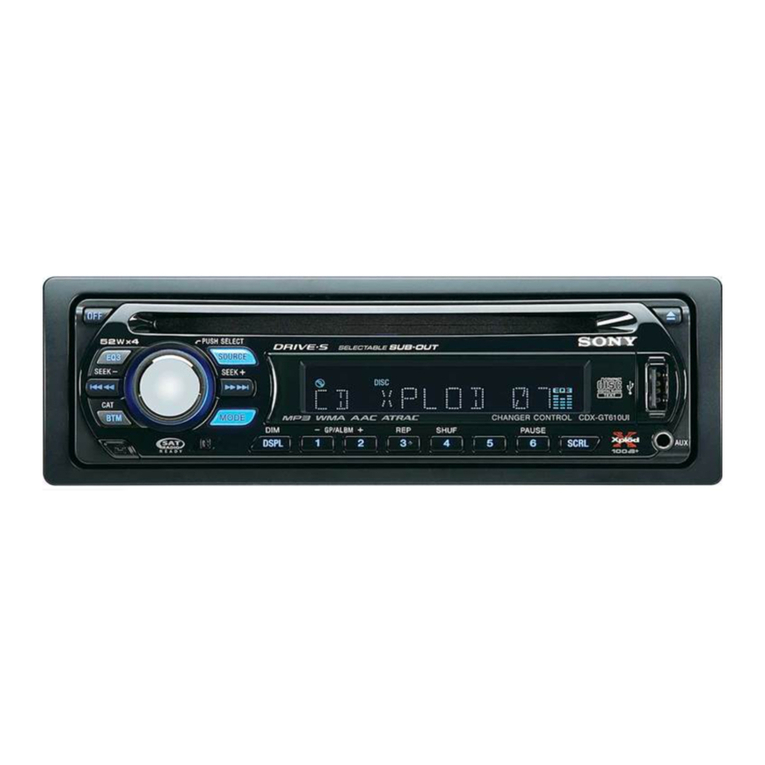
Sony
Sony CDX-GT610UI - Cd Receiver With Ipod... User manual
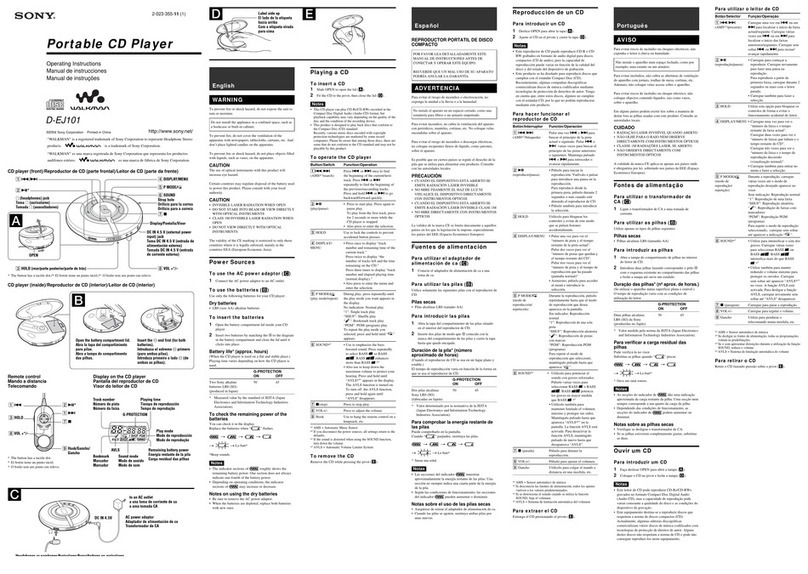
Sony
Sony Walkman D-EJ101 User manual
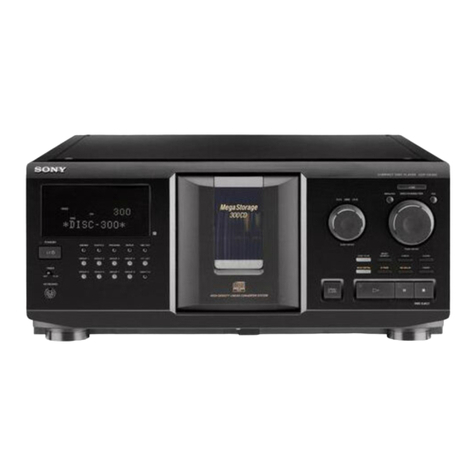
Sony
Sony CDP-CX350 - 300 Disc Cd Changer User manual

Sony
Sony D-E900 User manual

Sony
Sony Walkman 2-896-703-72 (2) User manual
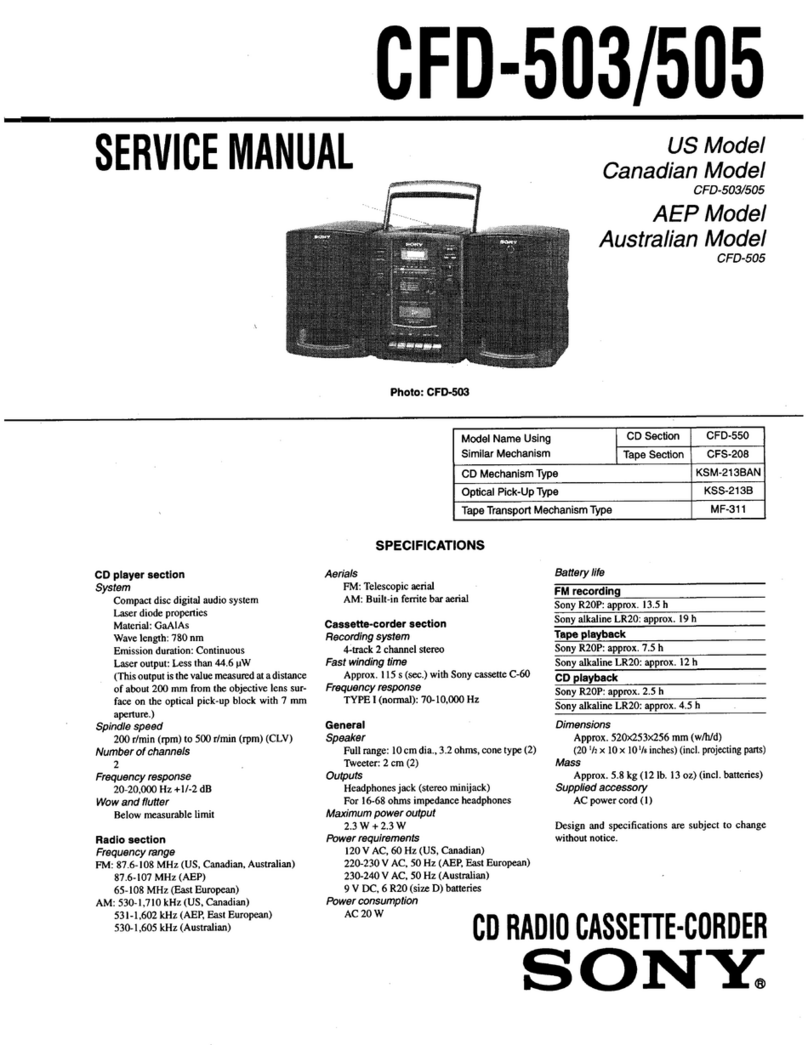
Sony
Sony CFD-503 User manual
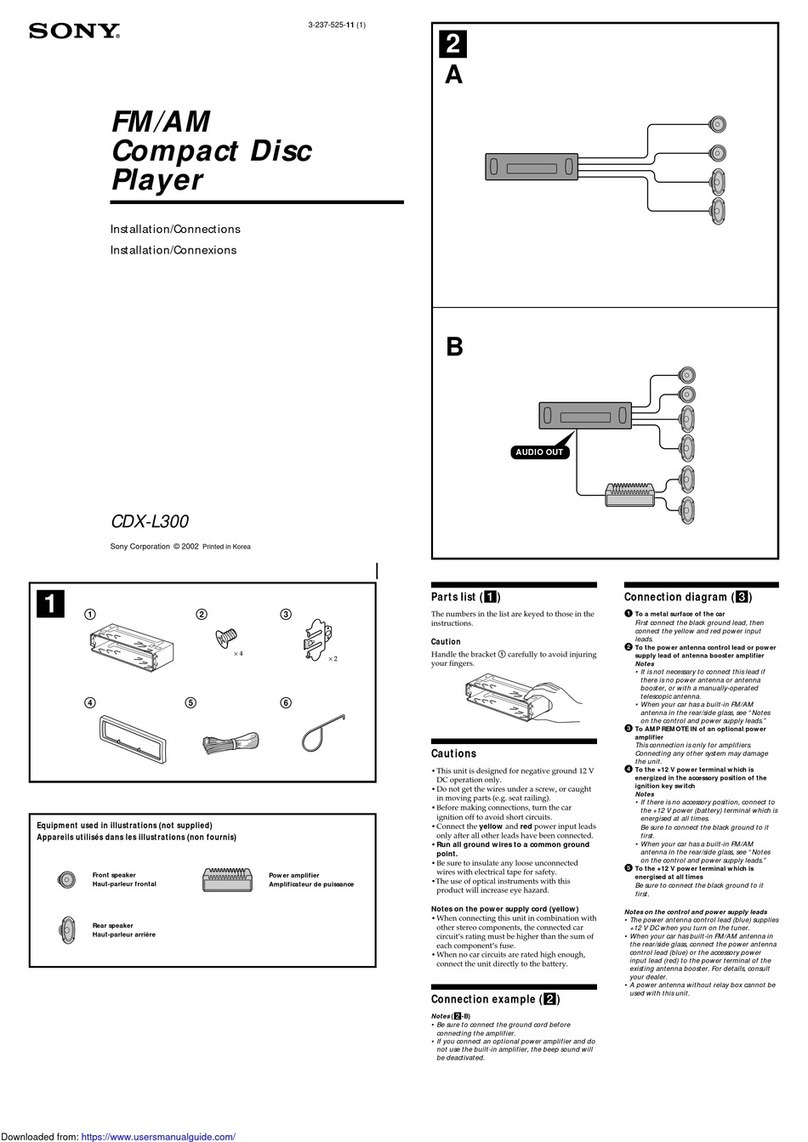
Sony
Sony CDX-L300 Installation/Connection Product guide

Sony
Sony MZ-R37 User manual
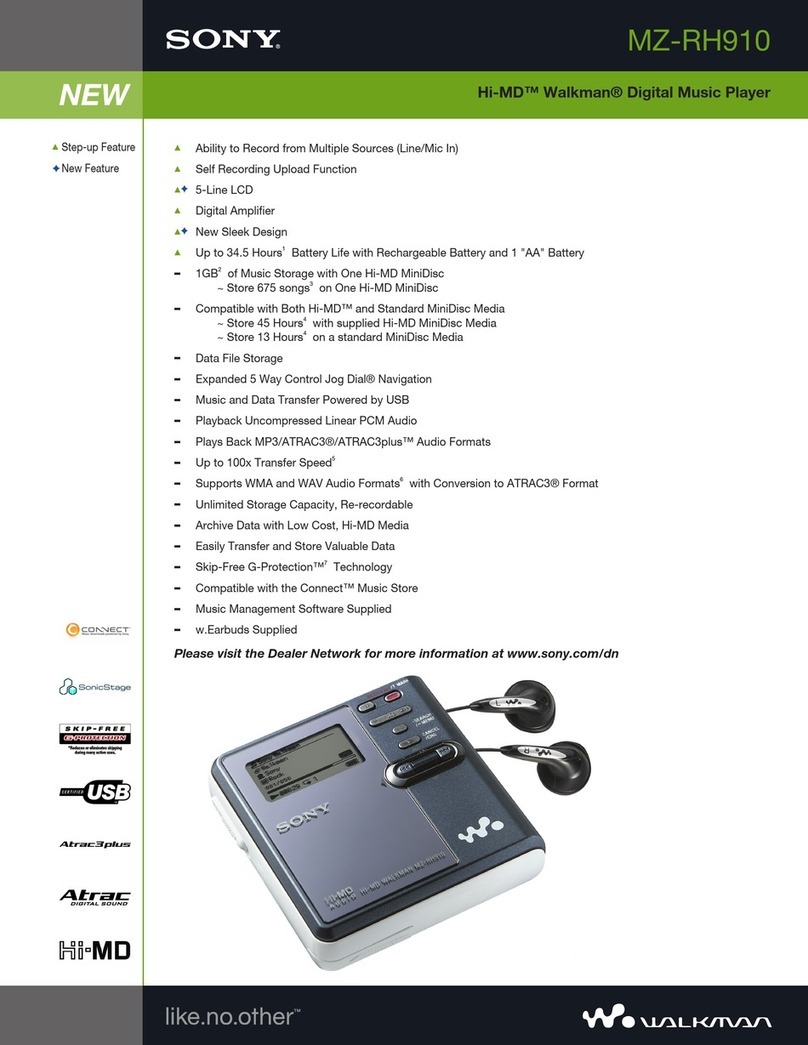
Sony
Sony Hi-MD Walkman MZ-RH910 User manual

Sony
Sony S350 - CFD Boombox User manual
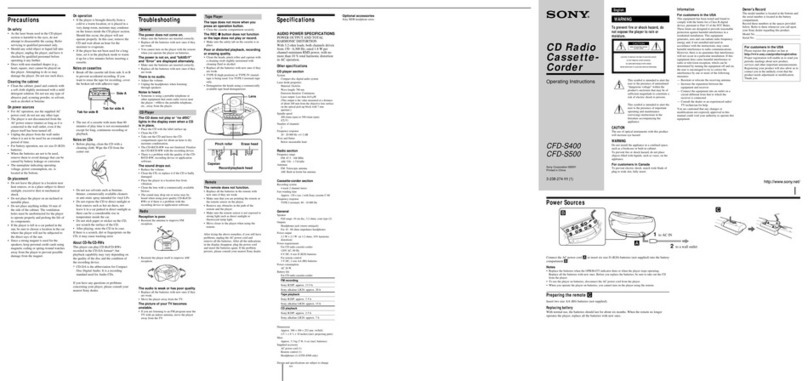
Sony
Sony CFD-S400 User manual

Sony
Sony CDX-GT313MP User manual
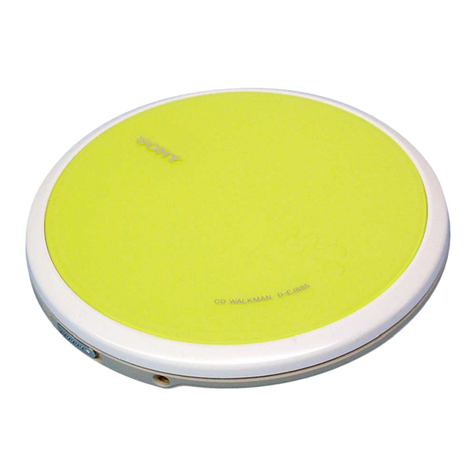
Sony
Sony CD Walkman D-EJ885 User manual

